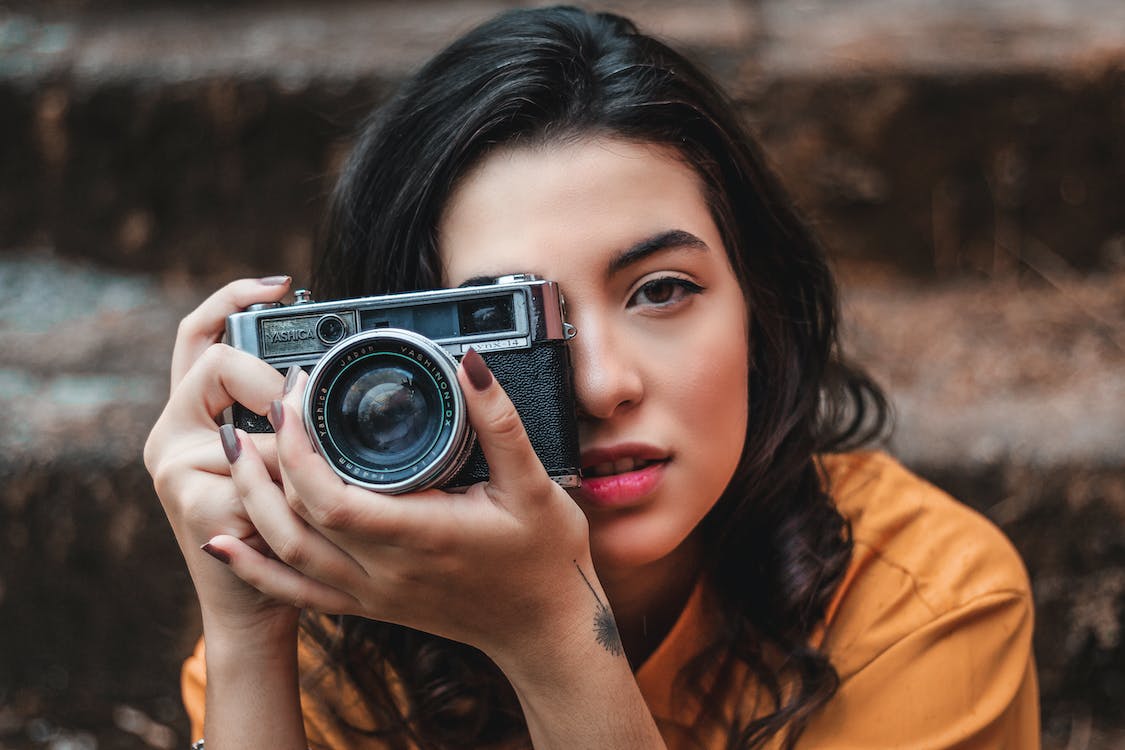How Many Headshots Should You Send to an Agent?
When you’re looking to sign with an agent, one of the most common questions aspiring actors have is: How many headshots should I send? While it’s tempting to send a large number of images to give agents a sense of your versatility, the quality of your headshots is far more important than the quantity. Here’s a breakdown of how many headshots you should consider submitting to an agent and why the selection matters.
1. Quality Over Quantity
First and foremost, the quality of your headshots is the most important factor. It’s far better to send a few great headshots that highlight your best features and range than to overwhelm an agent with a large quantity of mediocre ones. Agents often receive hundreds of submissions, so they don’t have time to sort through dozens of photos. Your goal is to make a strong impression with a carefully curated selection that shows who you are as an actor.
2. Submit 1-3 Headshots
Most agents expect to see a small set of headshots. Typically, 1 to 3 headshots are the right number to send. These should be high-quality images that showcase different aspects of your personality and versatility. Here’s how you can approach the selection:
- The Main Headshot: This is your primary image, the one that best represents you. It should be clear, clean, and professional, showing you at your most natural and approachable. This will likely be the one that makes the first impression, so it’s crucial to get it right.
- A Character Shot: While your main headshot may show your approachable or neutral look, a second photo can highlight a different character trait. This could be a more intense or dramatic shot, depending on the types of roles you want to pursue. This shot should complement your main headshot, offering a glimpse into your acting range.
- Optional Third Shot: If you feel it’s important to show another dimension of your character, a third headshot can be added. However, make sure it doesn’t introduce unnecessary variety or confusion. For instance, you might include a more casual or lighthearted photo, depending on the roles you want to target.
3. Choose Headshots Based on the Roles You’re Seeking
Tailor the selection of headshots you send based on the kinds of roles you’re aiming for. If you’re interested in comedic roles, for example, choose headshots that show warmth, charm, and a sense of humor. For dramatic roles, opt for images that convey intensity or seriousness. Keep in mind that agents are looking for images that align with the roles they cast and that reflect your type, so don’t submit images that are too far outside the image you want to project.
4. Don’t Overwhelm with Variety
While you may be proud of several great headshots, sending too many can overwhelm the agent and dilute your impact. Ideally, an agent should be able to look at your submission and immediately grasp what types of roles you are suited for. Sending a wide variety of images might make it unclear whether you’re a character actor, a leading man or woman, or suited for more niche roles.
Agents don’t need to see 10 different looks—just the ones that showcase the core aspects of your brand as an actor.
5. Do Not Send a Portfolio of 10+ Photos
Avoid the temptation to send a large portfolio or an extensive batch of images. Too many headshots can make you seem unfocused or unprofessional. Unless specifically asked for, submitting 10 or more photos is unnecessary. Agents are looking for a concise set that gives them a clear understanding of who you are.
If an agent is interested in working with you, they’ll request more photos or ask for specific shots that highlight certain aspects of your look or acting style. It’s much more effective to start with 1 to 3 strong images and follow up with additional shots later if needed.
6. Keep Your Headshots Updated
While the number of headshots you send to an agent should be limited, it’s important to make sure those photos represent your current look. Always send headshots that reflect how you look right now, not from years ago. If you’ve changed your hairstyle, lost or gained weight, or adopted a new look, it’s time to update your headshots. An outdated photo can lead to disappointment when you show up for an audition and look nothing like the image on file.
7. Follow Submission Guidelines
Different agents may have different preferences when it comes to headshot submissions. Some might have specific guidelines on the number of headshots they prefer to see or the format in which they want them submitted. Always follow these instructions carefully to show that you can follow directions and are serious about the opportunity.
8. Consider the Digital Age
In the digital age, sending headshots is often done via email or through an online submission system. This means that in some cases, sending a few additional headshots as digital files may be acceptable, especially if the agent requests them. However, even in digital formats, keep it to a reasonable number of headshots (usually no more than 3) to maintain focus.
Conclusion
When submitting headshots to an agent, the goal is not to overwhelm them with dozens of photos but to give them a clear sense of who you are as an actor. Sending 1 to 3 high-quality, diverse headshots that accurately reflect your personality and acting range is typically the best approach. By choosing your photos carefully and submitting only what’s necessary, you’ll make a strong first impression and increase your chances of landing representation. Keep your headshots updated, choose photos that highlight your strengths, and always follow submission guidelines to ensure you’re putting your best foot forward.




